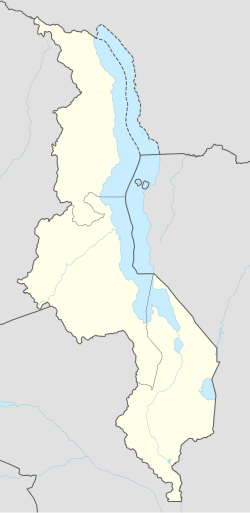Marka | |
|---|---|
| Coordinates: 17°07′11.8″S35°13′36.8″E / 17.119944°S 35.226889°E | |
| Country | |
| Region | Southern Region |
| Time zone | +2 |
| Climate | Cwa |
Marka is a town [1] located in Nsanje District in Malawi. It is the southernmost location in the country, serving as a border post [2] for road and rail control between Malawi and Mozambique. [3] [4]
The Mozambican town of Vila Nova de Fronteira is conurbed with Marka. In addition, Marka is part of a large conurbation zone that extends northwards, passing through the city of Nsanje to the city of Bangula.[ citation needed ]
